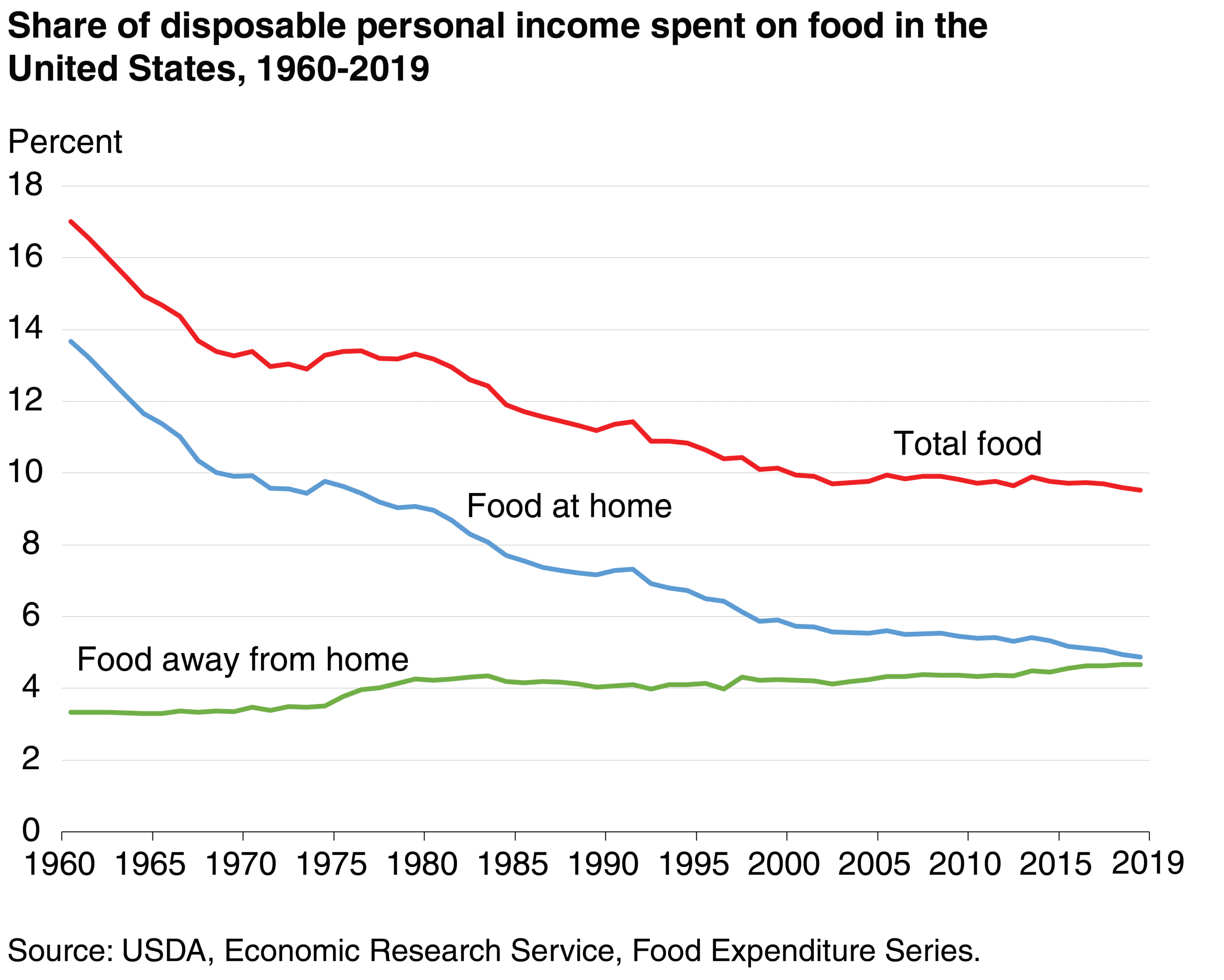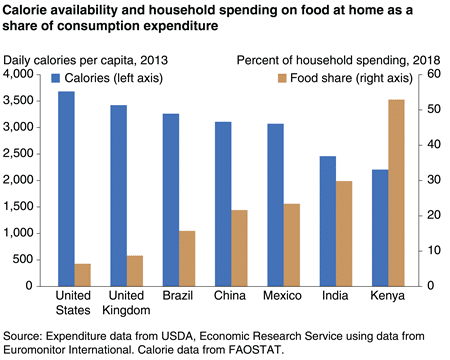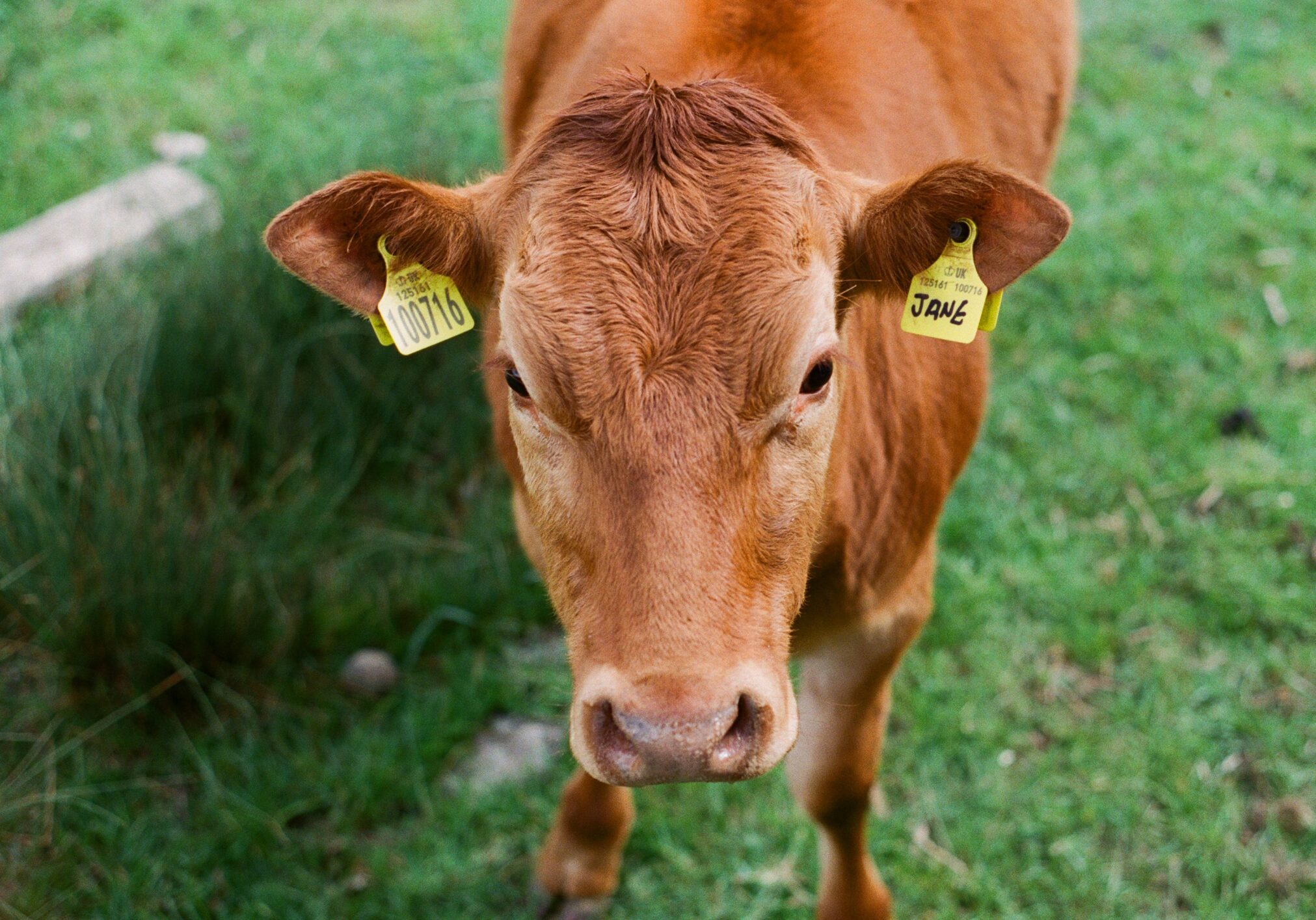As if we haven’t all got enough to worry about, the cost of food is continuing to rise across the world.
The United Nations food agency has reported that world food prices rose for the tenth month in a row in March, hitting their highest level since June 2014. Leading the rises were increases in the price of vegetable oils, meat and dairy products. However, the cost of sugar and cereals went down.
The Food and Agriculture Organization’s food price index, which measures monthly changes for a basket of cereals, oilseeds, dairy products, meat and sugar, averaged 118.5 points last month versus 116.1 in February.
While these figures have little impact on most of us in the short-term, eventually price fluctuations will feed through into the cost of food for everyone across the world.
Inevitably it is the poorest people who suffer most as a result. In the USA, while the overall share of expenditure accounted for by food was at a historical low of 9.5 per cent in 2019, for the lowest income households it was around 36 per cent.

Conversely, in Kenya and other low-income countries, food’s share of consumption expenditures can exceed 50 percent and this is most eaten in the home as opposed to in restaurants or take-aways. The per capita calorie consumption comparison is also striking. According to the most recent available data, U.S. per capita calorie availability was among the highest at 3,682 calories per day, while Kenya’s was estimated at only 2,206 calories.

It really does seem that there will need to be belt-tightening and belt-loosening around the world over the coming year.

